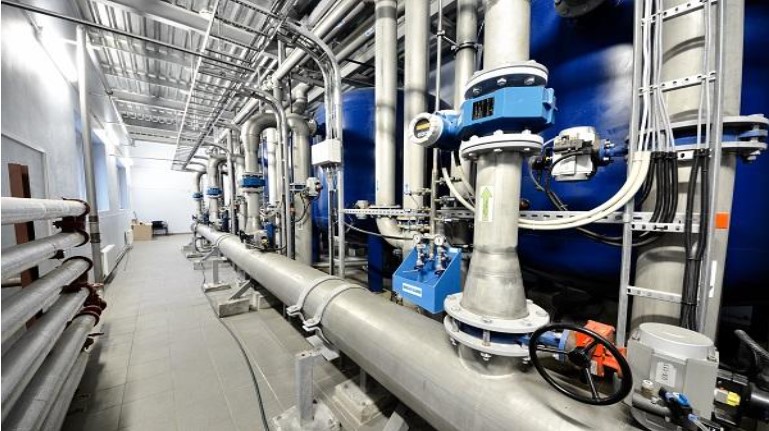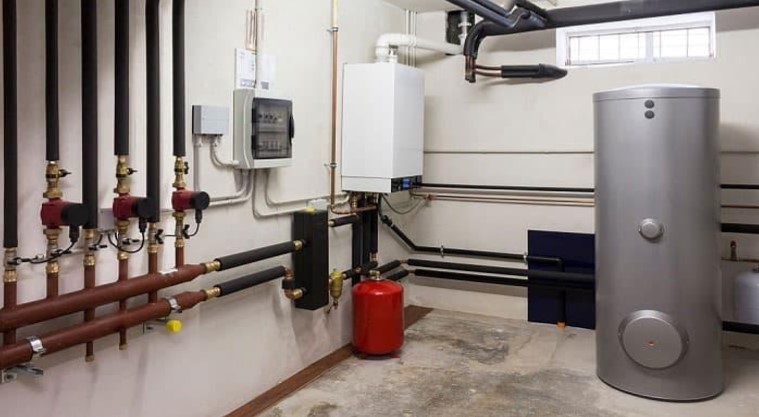
There is a need for hot water in all food, industrial process, and chemical plants. From CUP or Clean in Place hot H2O and sanitizing to paper mill heating apps, these things play an important role in process performance and sanitation. The amount of H2O needed can differ significantly as processes demand changes.
In addition, various processes can require different temps at which they can operate successfully. Changes in usage and supply and seasonal effects on the process can contribute to the difference in demand for hot H2O. Variable process needs, different users, as well as high turndown from normal to increased usage make direct steam heaters well-suited to support these apps.
But it is imperative to carefully review the necessity to make the most out of DSI heaters. Steam-injection heating devices are direct-contact ways of heating H2O where steam is directly administered into the fluid. We will take a closer look at important considerations to help size steam-injection heaters, as well as optimize tank storage systems. The recommendations and tips mentioned below can help make sure successful system designs.
To learn more about this topic, check out articles and websites concerning water tanks.
Specify the purpose of the tank
Before buying, homeowners should communicate to their suppliers the purpose of their devices. Will the tank be heated, filled, and maintained at a certain temp for future use? Will it be manually filled, or the level be controlled automatically? Will steam-injection heats and tanks act as surge tank systems in active systems? When used as a surge container in an active system, multiple users (wash-down areas, CIP spray nozzles, or hose stations) place demands on the system. The answer to these questions can affect system sizing.
Check out normal usage versus peak capacity
Does the demand ramp up significantly? For instance, a lot of food plants have heavy usage at the end of shifts because of hot water cleaning and sanitizing requirements. Property owners should compare the peak demand to normal water usage to find out the proper sizing of both the container and steam-injection heaters.
For instance, consider food plants with two operating conditions. Both instances have different heat load requirements. It will lead to high turndowns in steam-load requirements during the standard use time, as well as high demands on cleaning cycles at end-of-shift periods. Applications will demonstrate why it is imperative to clearly communicate the range of fluid-heating needs and not just the worst-case scenario requirements.
Click this site for more info about steam distribution systems.
Failing to provide the entire picture can lead to more unnecessary equipment. The sizing of the container and heater needs to be considered altogether. Properly-sized surge tanks can maintain enough supply of hot H2O for normal daytime use. It also makes sure that the plant’s hot water cleaning and sanitation needs are met at peak-demand periods.

Design for reliable water temp control
A lot of apps only need hot water without certain temp requirements. Others, like CIP H2O supply, plant H2O sanitation, detergent, or chemical activation, have certain requirements. Assessing the water-flow rates without oversizing can improve temp controls through the range of steam-injection operations of heaters.
System-induced effects are very important
For example, temp control looks are sluggish because of delays in temp probe responses. Big tanks can increase the lag because it will take a long time to disperse the H2O throughout the container thoroughly. A sound approach in these situations is to have temp control monitoring on both the container and the heater. It will keep the device from overshooting the target temp, which can lead to steam flashing.
In addition, property owners should design the mixing characteristics of the container to help improve temp uniformity. Are there mixers in their containers? Are the discharges and inlets located in ways that promote mixing? Are inline heaters on recirculation looks to help improve proper mixing? What is its rate of turnover?
Choosing the right device for specific process needs
Injecting water steam directly into the tank using a tank jet sparger can be an economical and simple approach. Devices usually are atmospheric so that low-pressure H2O steam can be used. Although there are limitations to spargers that people need to consider. These things may affect the process that the heating needs. Heating unpressurized tanks above 66 degrees Celsius or 150 degrees Fahrenheit can be pretty hard because of localized hot spots in the container near the sparger.
